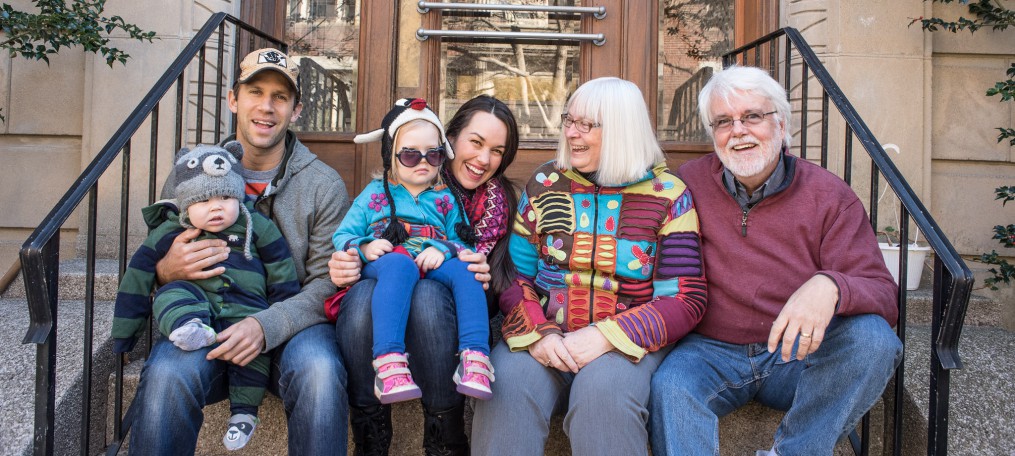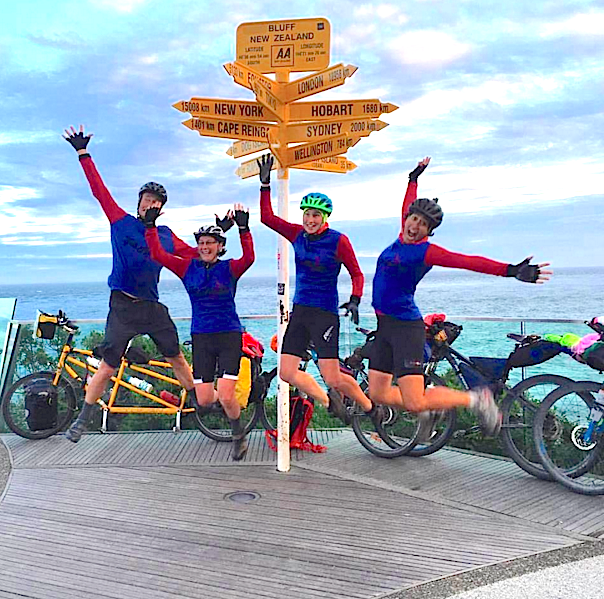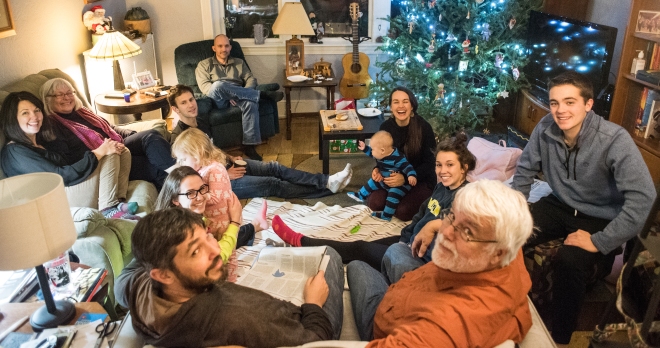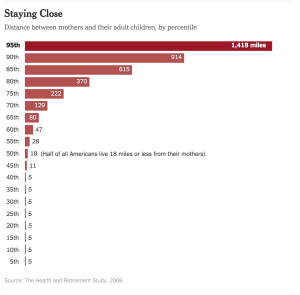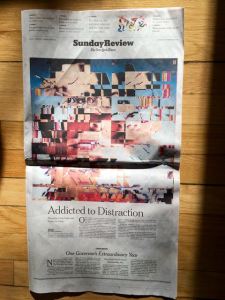I had completely forgotten about that stage of toddlerhood when “why?” becomes the most important question.
It goes something like this:
Me: “Leila, look at that bird in the tree”
Leila: “Why is the bird in the tree?”
Me: “Maybe she’s looking for something to eat.”
Leila: “Why?”
Me: “Maybe because she’s hungry.”
Leila: “Why?”
Me: “Because she hasn’t eaten for a while.”
Leila: “Why?”
And so on into infinity.
I often wonder if the word “why” means the same thing to her as it means to adults. If you Google “why do toddlers ask why?” you’ll find some answers. But mostly you’ll find advice about how to handle the frustration of constantly being asked questions you can’t always find answers for. The site I found most informative suggests that toddlers aren’t as interested in cause and effect as we are. Rather, they want to know more about a subject and have discovered the power of that little word to keep an adult talking about it. They’re also learning about and practicing conversational give and take.
Maybe all of this is fueled by wonder – that sense of looking around outside of oneself, marveling at what’s there, and wanting to know more about it.
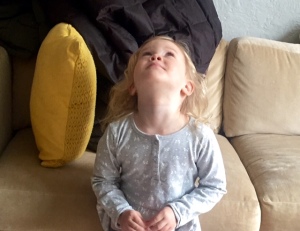 Our daughter, Kate, when pushed to the limits of her knowledge, often tells Leila, “I don’t know. We’ll have to look it up.” She began to notice that whenever she asked Leila a question she didn’t know the answer to Leila would tilt her head back and examine the ceiling. This puzzled her immensely until the day she asked Leila if her brother had taken a nap while the nanny was there. Leila said “I don’t know, Mommy, let me look up.” Continue reading
Our daughter, Kate, when pushed to the limits of her knowledge, often tells Leila, “I don’t know. We’ll have to look it up.” She began to notice that whenever she asked Leila a question she didn’t know the answer to Leila would tilt her head back and examine the ceiling. This puzzled her immensely until the day she asked Leila if her brother had taken a nap while the nanny was there. Leila said “I don’t know, Mommy, let me look up.” Continue reading
